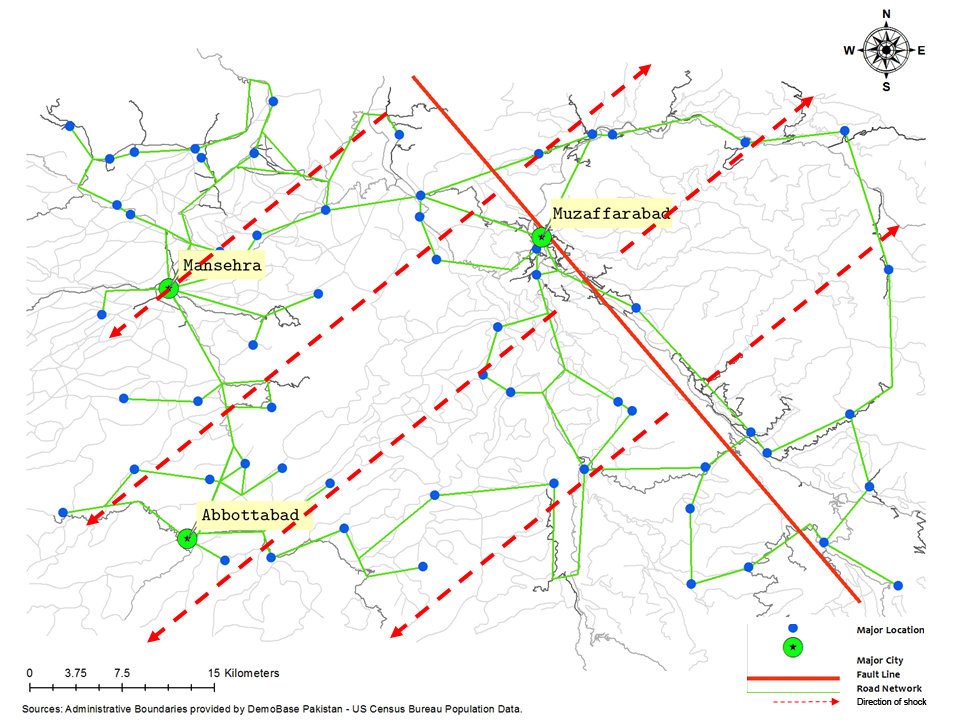
Informing policy decisions when disaster strikes
Natural disasters in low-income regions have far-reaching impacts on all levels of society. A simulation framework developed by IIASA researchers can help policymakers to come up with informed short-term policies in an environment where they have limited resources and data to deal with issues like population displacement and food shortages, in a short timeframe.
The effects of natural disasters in low-income regions (i.e., higher internal migration and low consumption levels) are the result of market failures that force the affected population to respond and adapt to the shock they face. In an environment with multiple locations and independent, but inter-connected markets, these transitions quickly become complex due to the feedback loops between the different market aspects.
To capture these continuously evolving interactions, researchers from the Risk and Resilience Program employed a model to analyze natural disaster-like shocks in low-income regions. They defined it in terms of six modules namely, production, consumption, buying, selling, income, and migration. The interaction between these modules produces a complete, closed economic system, allowing them to track the impact of a shock to one part of an economic region on the rest of the region. The aim of the model is to track how population distribution, income, and consumption levels evolve over time and in a defined geometrical space, in order to identify high priority issues such as food insecure populations.
The researchers applied their model to data from the 2005 earthquake in northern Pakistan. The region faced catastrophic losses and high levels of displacement in a short time span, and the accompanying labor, and goods market disruptions, resulted in a high level of food insecurity.
A geographic information system (GIS) map of the region was used as the physical environment in which the model of the artificial economy was situated. This included important features key to the functioning of the model, such as the precise locations of villages, cities, and roads. The model was calibrated to pre-crisis trends, and shocked using distance-based output and labor loss functions to replicate the impact of the earthquake. The model outputs showed plausible patterns, such as disruptions to the flow of goods, and population loss resulting in market imbalances. These results highlight patterns of consumption losses in specific locations over time, thus allowing for better identification of the most vulnerable hotspots of the earthquake-affected region.

Propagation of shock in the 2005 Pakistan earthquake. Small dots represent villages and large dots represent cities. Green lines show the road networks. The solid red lines represent the fault line, and the dotted red lines the direction of the earthquake shock.
The simulation framework presented by the researchers goes beyond existing modeling efforts that usually deal with macroeconomic long-term loss estimates. Policymakers will be able to use the information generated to devise informed short-term policies in environments where data is virtually non-existent, policy response is time-dependent, and resources are limited
References
[1] Naqvi A (2017). Deep Impact: Geo-Simulations as a Policy Toolkit for Natural Disasters. World Development 99: 395-418.
Further information
Other highlights
Top image © Denis Dryashkin | Shutterstock




You must be logged in to post a comment.